The athletic feats of the Olympics continue to astound us. The excellent displays of speed, strength, agility, and determination continue to inspire us. But there are few who are as amazing and inspirational as the less-than-perfect Olympians. We thought we’ve seen it all. A leg-less runner pretty much topped the list. Until we heard of a blind archer. Read on…
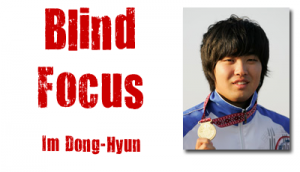 Blind Focus
Blind Focus
On 27 July 2012 at the 2012 Summer Olympics in London a new world record score of 699 in archery was set. World records are broken all the time at the Olympics. But what makes this world record unique is that it was set by someone who is legally blind – Im Dong-Hyun from South Korea.
He has only 10 percent of normal vision in his left eye and slightly more at 20 percent in his right which makes him legally blind. In competition, he refuses to wear corrective lenses while shooting, because they make him uncomfortable. Instead he relies on his muscle memory and a slight difference in color in his blurred vision. At 70 meters, he sees only a blurred yellow blob, but says he has grown used to seeing the target that way. Dong-Hyun describes what he sees as being similar to different colored paints being dropped in water. The colors are not very distinct and the boundaries between them are blurred.
In spite of his less than perfect vision, he more than proved his ability to hit his target. Dong-Hyun’s sight may be impaired, but his vision is crystal clear – to win the gold at the Olympics.
Take it to the Next Level
The great men of faith in the Bible didn’t have perfect vision either; far from it. They were blinded and misled by lust, fear, greed, pride and jealousy. They were murderers, thieves, liars, adulterers, vengeful and power-hungry. They were pretty much as bad as the next person. Interestingly, the word “Sin” is actually a term from archery. When it says in Romans 3:23, “For all have sinned and fall short of the glory of God,” it means to “miss the mark,” to miss the target. Like these great men of faith, we were given one shot and we all missed by a mile.
We fell short of God’s plan for our lives, we missed the target, we sinned. But can draw inspiration from Dong-Hyun who overcame his physical imperfection to win his prize. He was blind but he didn’t let his condition control his destiny. Though it certainly took courage and perseverance, what I believe are two keys to his success are:
1. Focus – He doesn’t focus on his limitations, but on his target.
2. Reliance – he relies on the feel of the bow, a steady hand, and past experience.
Focus
Like Dong-Hyun, we can choose to overcome our spiritual imperfection. As Paul said in Philippians 3:13-14, to forget what is behind and strain toward what is ahead. If we want to lay hold of all that God as in store for us, we need to shift our focus away from our sinful “disability” and focus on God’s supernatural ability.
But what made these men of faith great, what set them apart from the rest was their focus on God. Their sights were set on Him. Like them we must keep focused on Jesus, the author and perfecter of our faith and act, trusting that God will guide us to His intended target for our lives.
Reliance
In our attempt to live godly lives, we often depend on our own strength. We tend to rationalize, depend on conventional wisdom, try it on our own for a while and when everything falls apart, God becomes our “Plan B”. Dong-Hyun could have used corrective lenses. That would have been the logical, smart thing to do to overcome his “disability”. He might even have done better. But would his life have been as much of an inspiration if he did? We often wonder why God places limitations on us. Why do we still have to deal with sin even though Christ won us the ultimate victory, why do we still struggle with it?
God certainly isn’t a fan of doing things the conventional way. If He did, none of us would ever make the cut. We’re not perfect, we’re not the best of the best of the best. The irony is God very often chooses the weak, humble, and foolish things to show His glory through them. After all, if God always chose the “perfect people,” others would just as easily attribute their successes to their natural ability; nothing to do with what God has done.
So even though these men of faith led seriously messed up lives, once they trusted God enough to make Him the center, the bulls-eye of their lives, they accomplished amazing things. “However, as it is written: ‘No eye has seen, no ear has heard, no mind has conceived what God has prepared for those who love him'” 1 Corinthians 2:9 (NIV)
Scriptures Verses for Youth Bible Study
1 Corinthians 2:9 (NIV)
“However, as it is written: ‘No eye has seen, no ear has heard, no mind has conceived what God has prepared for those who love him'”
Phil 3:13-14 (NIV)
“Brothers and sisters, I do not consider myself yet to have taken hold of it. But one thing I do: Forgetting what is behind and straining toward what is ahead, I press on toward the goal to win the prize for which God has called me heavenward in Christ Jesus.”
Romans 3:23 (NIV)
“For all have sinned and fall short of the glory of God,”
Questions for Youth Discussion
- Have you ever seen those circus sideshows where they try to hit a target blindfolded? How do you believe they do it?
- Have you ever tried shooting at targets yourself? Basketball? Golf? Soccer? Archery? The rubbish bin? How good are you at hitting the target?
- Why is it that God allows us to struggle with sin?
- What are some common struggles that youth face? Christians in general?
- What famous personalities do you know about that have had some pretty serious struggles?What was their story? Was it a triumph or defeat? Who did they turn to for help? What are some things they learned through their experiences?
- Who are some of the Bible personalities who had some serious struggles? What were their stories? Was it a triumph or defeat? Who did they turn to for help? What are some things they learned through their experiences?
Application to the Lives of Youth
- What are some struggles you have faced personally?
- Who did you depend on in the midst of your struggle?
- Did you overcome your struggles? Or are you still working through them?
- Will you do anything differently, knowing what you’ve learned today?
If we’re willing to say, “God I know I’m not perfect but here I am, with all my imperfections, ready and available to allow you to work through me;” if we’re willing to make God our focus and depend on Him, willing to see beyond our past and fix our eyes on Jesus, the arrow of our lives will fly surely enough to hit God’s intended target and destiny for us. And we’ll leave our mark and legacy on the pages of history.

 Go for the Gold
Need an evangelistic Youth Camp/ Bible Study Series with an Olympic Theme?
Go for the Gold
Need an evangelistic Youth Camp/ Bible Study Series with an Olympic Theme?
What is salvation all about? What does it mean to be saved? This sports themed Bible Study / Camp Curriculum uses the Olympic Flag to introduce the concepts of sin (black circle), forgiveness (red circle), purity (white background), spiritual growth (green circle), heaven (Yellow Circle) and (Baptism) blue circle.
-> Tell me about “Go for the Gold”

 Destined to Win
Need a Youth Camp/ Bible Study Series on “Running the Christian Race”?
Destined to Win
Need a Youth Camp/ Bible Study Series on “Running the Christian Race”?
The race as a metaphor for the Christian life is used in several places in the Bible. This series is a great follow up for new Christians or to re-emphasize the basics of our spiritual Journey in the Faith. This Bible Study / Camp Curriculum has a sports theme and is great for athletes as well as a tie in to the youth Olympic Games.
->Tell me about “Destined to Win”




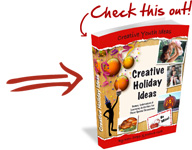
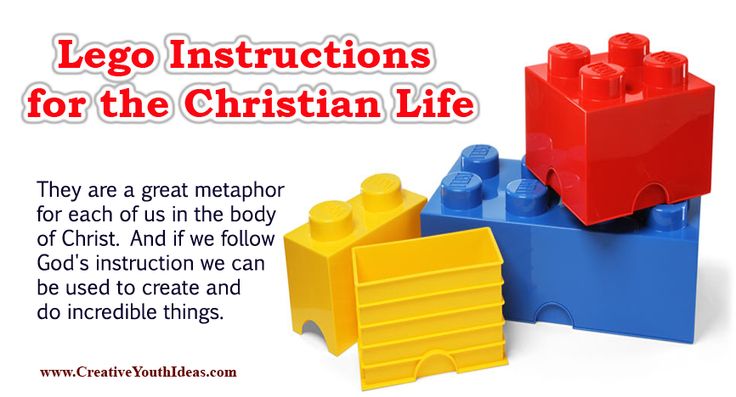
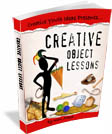
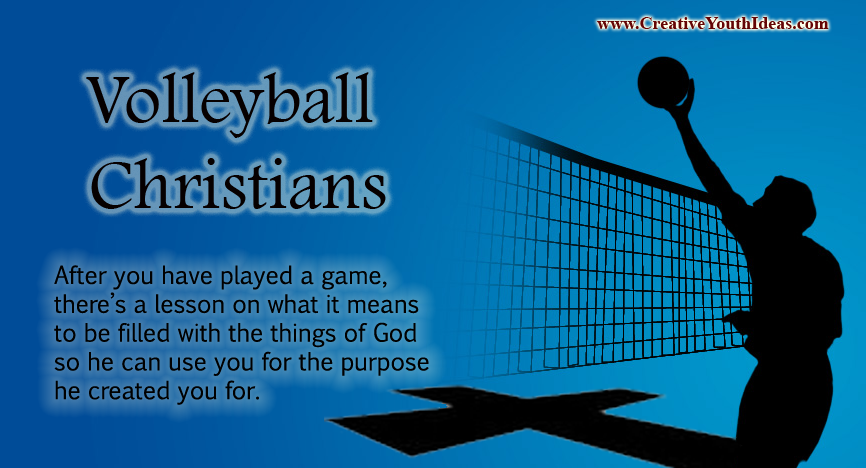
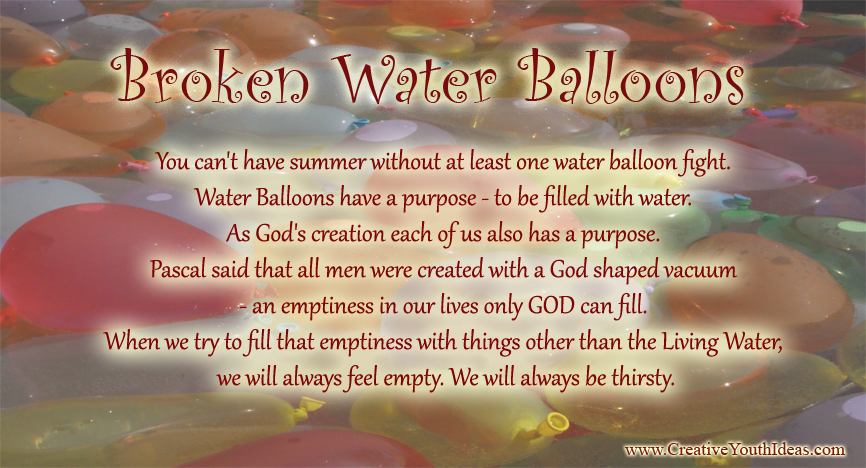
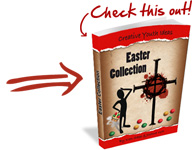
 Finding one’s identity, purpose, and meaning in life are common struggles that every youth faces. They are seeking an answer to the question, “Why am I here?” In their search for purpose, they may try to find fulfillment in a variety of things, some good, some bad. But our purpose cannot be found in things. Our identity is found by filling the emptiness in our lives with Christ. When God’s Hand is at work in our lives, only then will we find true meaning and purpose. Gloves are a great object lesson to remind youth of this spiritual truth and a simplified version of this lesson makes a great Children’s Sermon.
Finding one’s identity, purpose, and meaning in life are common struggles that every youth faces. They are seeking an answer to the question, “Why am I here?” In their search for purpose, they may try to find fulfillment in a variety of things, some good, some bad. But our purpose cannot be found in things. Our identity is found by filling the emptiness in our lives with Christ. When God’s Hand is at work in our lives, only then will we find true meaning and purpose. Gloves are a great object lesson to remind youth of this spiritual truth and a simplified version of this lesson makes a great Children’s Sermon. Blind Focus
Blind Focus
